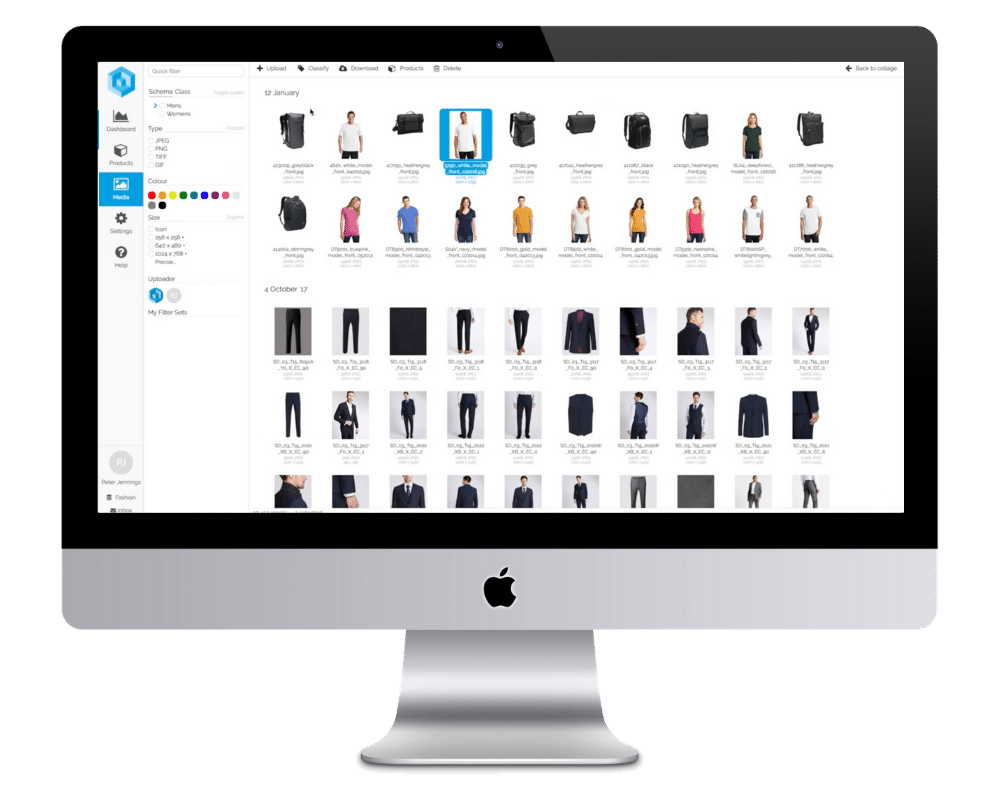Seventeen years ago, food nutrition labelling was formally introduced in the UK. Before then, you had the ingredients list, but not the nutritional breakdown — no calories, fats, sugars, or traffic-light system.
Today, those labels are second nature. You know where to look, what the numbers mean, and you use them to make choices. That’s exactly what the EU wants to achieve with consumer products — and why Digital Product Passports (DPPs) are being introduced.
We’ve gone into more detail on Digital Product Passports elsewhere on the blog – To give a short recap, DPPs are part of a legal framework by the European Commission to increase openness around product information – specifically around each product’s environmental, recyclable, and sustainable qualities.
What DPPs mean for IT distribution
By mid-2027, industry experts predict IT products will start to fall under DPP requirements. If you want to sell these electronics in the EU — including Northern Ireland — you’ll need to provide a digital passport for each product.
These passports will detail components, sourcing, transport, and sustainability credentials.
Take an iPhone, for example. We’ve all heard concerns about cobalt sourcing. A DPP will bring that information into the open: where the cobalt came from, how it was mined, and how it was moved.
For IT distributors, this will be a major shift. IT products are incredibly complex, with hundreds of components from multiple suppliers. Capturing and maintaining all that detail is no small feat.
But the opportunity is clear. If you can provide compliance-ready, transparent product data, you’ll become a far more valuable partner in the supply chain.
“Without consistency, transparency loses its meaning.”
The challenge of consistency
We don’t need to guess what problems might arise when preparing products for DPP requirements — other industries are already showing us.
Textiles are first in line for DPP compliance, and one of the earliest challenges was surprisingly simple: manufacturers realized they were using different terminology to describe the same products. We all know the struggle of a “large” shirt in one brand being a totally different size in another. Without consistency, transparency loses its meaning.
The same principle applies to IT distribution. If a storage device is listed as a 1TB flash drive by one vendor and as a 1000GB SSD by another, how will consumers or retailers make sense of it?
How good product data practices address the issue
This is where good product data practices come in. By centralizing data in a product information management (PIM) system and enforcing data standards, you can:
- Create a single source of truth across your catalog, so all vendors and channels are aligned.
- Ensure attributes are consistent and comparable, to avoid confusion when customers compare features like RAM size.
- Standardize terminology through controlled vocabularies and taxonomies, making products easier to categorize and search.
- Automate validation to flag errors, omissions, or non-compliance before data flows downstream.
- Support multilingual catalogs for global markets, reducing duplication and confusion across regions.
These practices don’t just make compliance easier. They also free up your teams, reduce manual rework, and make your catalog scalable for growth. Most importantly, they mean that when DPPs become mandatory, you already have the structure in place to comply without scrambling at the last minute.
Will consumers really use DPPs?
You might wonder whether consumers will notice or care about DPPs, but history suggests they will make a difference.
Just as food labelling influenced shopping habits over time, DPPs will change how people think about electronics. Some will scrutinize every detail, especially in premium markets. Others may pay less attention. But once transparency becomes normal, consumer expectations shift — and so does buying behaviour. Again, having the solid data foundation in place to track this is a big competitive advantage.

The opportunity for differentiation
Margins in IT distribution are thin. That’s a fact. But DPPs create a rare opportunity to stand out.
Retailers will be required to provide product passports to customers. If the data is inconsistent or incomplete, it creates work and costs. If you’re the distributor who provides clean, structured, compliant data, you remove that burden.
That makes you the partner of choice and turns compliance into competitive advantage.
How IT distributors should prepare
With the predicted 2027 deadline for DPPs on certain electronic components fast approaching, distributors should focus on three areas:
- Invest in properly configured PIM systems. Without the right tools set up in the right way, managing DPP data at scale will be impossible.
- Engage your vendors. Work with suppliers now to set expectations for data quality and completeness. Their ability to provide accurate information will determine your ability to comply.
- Prioritize consistency. Standardized taxonomies, controlled vocabularies, and strong governance processes will be essential for making DPPs usable and meaningful.
From compliance to trust
DPPs aren’t just a regulatory box to tick, they’re about transparency, accountability, and trust.
Distributors who invest now in product data practices will be ready not just to comply, but to lead. They’ll differentiate themselves in a crowded, low-margin industry and build stronger partnerships with both vendors and retailers.
In my previous post, I explained why product data quality is already a strategic advantage for IT distributors. Digital Product Passports build on the same foundation — but they raise the stakes. More than just being about efficiency, DPP legislation is about consumer trust and regulatory survival.
The question is: will you be ready when the labels arrive?













